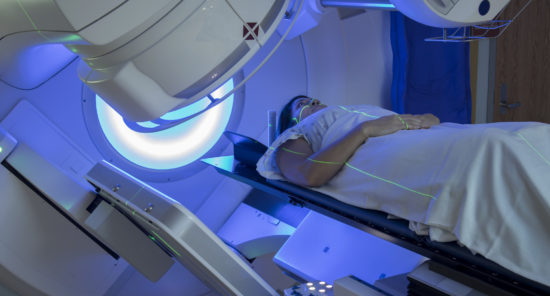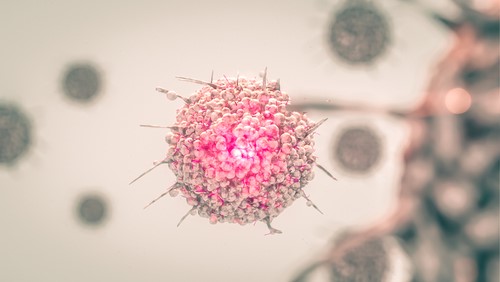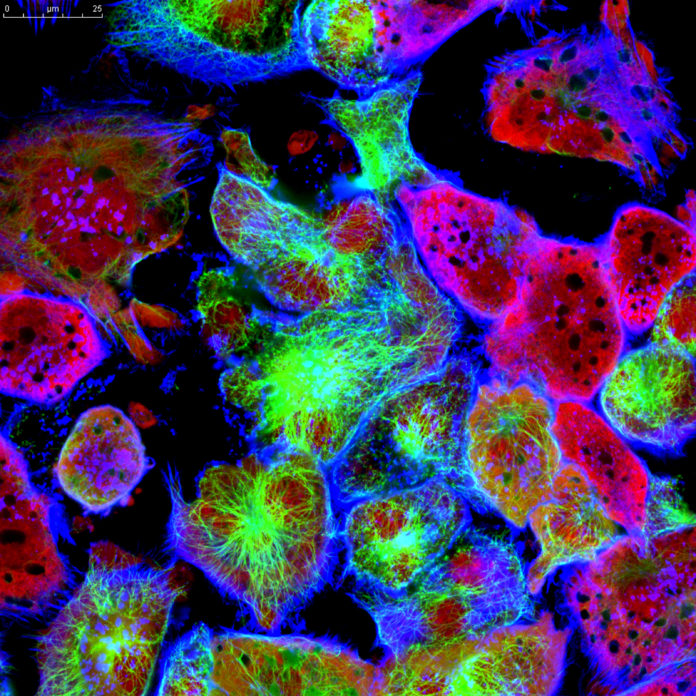In a study, researchers investigated the relationship between hypoxia and circular RNAs (circRNAs) in breast cancer (BC). The results were published in Molecular Cancer.
Hypoxia is a known characteristic of solid tumors and is closely connected with tumor progression, and circRNAs have been recognized as a key modulator in several cancers, but the connection between the two is widely unknown.
Investigators examined the expression profile of circRNAs in BC MCF-7 cells under hypoxia and normoxia using a microarray. Their novel circRNA profile, named circWSB1, was assessed for expression pattern, potential diagnostic value, and prognostic significance using qRT-PCR and in situ hybridization. The researchers noted that, mechanistically, chromatin immunoprecipitation and dual luciferase reporter assays were carried out to analyze the biogenesis of circWSB1.
Furthermore, they noted that biotin-labeled RNA pull-down, mass spectrometry, RNA immunoprecipitation, fluorescent in situ hybridization, RNA electrophoretic mobility shift, deletion-mapping, co-immunoprecipitation assays, and rescue experiments were used to investigate the interaction between circWSB1 and Ubiquitin-specific peptidase 10 (USP10) in addition to the relationship between USP10 and p53.
The study found that the expression of circWSB1 was notably upregulated in BC tissues and correlated with poor clinical outcomes, which might serve as an independent prognostic factor for patients with BC.
“Taken together, our findings disclose a novel mechanism that hypoxia-inducible circWSB1 could interact with USP10 to attenuate USP10 mediated p53 stabilization and promote the progression of BC, providing an alternative prognostic biomarker and therapeutic target for BC,” the researchers concluded.
Link: https://molecular-cancer.biomedcentral.com/articles/10.1186/s12943-022-01567-z
Keywords: breast cancer, hypoxia, USP10, circWSB1, p53









